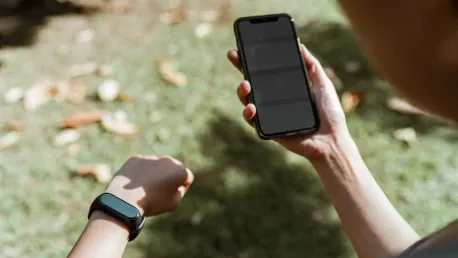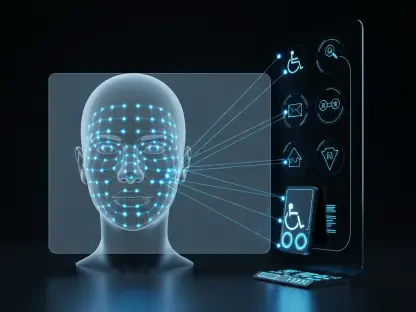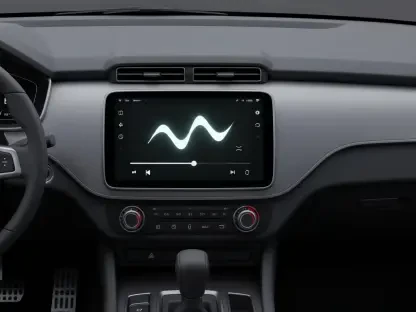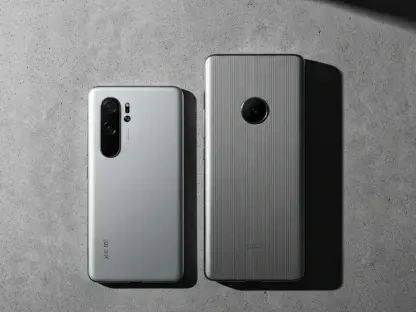The global wearable medical devices market is experiencing an unprecedented expansion, with projections indicating a remarkable growth from USD 40.7 billion in 2023 to USD 156.0 billion by 2032. This rapid growth is attributed to several factors, including technological advancements, heightened consumer awareness of health and wellness, and the increasing prevalence of chronic diseases. In 2023, North America emerged as the dominant region, capturing over 38.1% of the market share, equivalent to a revenue total of USD 13.2 billion. The demand for wearable medical devices is soaring as more individuals seek convenient and effective health monitoring solutions.
Technological Advancements and Consumer Awareness
Technological advancements coupled with increased consumer awareness regarding health and wellness play a pivotal role in driving the growth of the wearable medical devices market. Enhanced connectivity made possible through the Internet of Things (IoT), as well as the integration of artificial intelligence (AI), telemedicine, and data analytics, have significantly improved the functionality and precision of these devices. These innovations have, in turn, fostered a broader adoption rate among consumers. As individuals become more health-conscious, there is a growing demand for wearable devices that offer real-time monitoring of various health metrics, thus promoting proactive health management.
The surge in chronic diseases, such as diabetes and hypertension, underscores the necessity for continuous health monitoring. Wearable medical devices provide a convenient solution for individuals to track their health without the need for frequent hospital visits. Additionally, the aging global population is driving increased demand for health monitoring solutions capable of providing constant supervision, further propelling the market’s expansion. Consumers now seek comprehensive health insights, and wearable devices equipped with advanced technology fulfill this need by offering accurate and immediate health data, thus empowering users to make informed health decisions.
Market Segmentation: Diagnostic and Therapeutic Devices
The wearable medical devices market is predominantly segmented into diagnostic and therapeutic devices, each serving distinct yet complementary roles. Diagnostic devices, which include sleep monitoring devices, electrocardiographs (ECG), fetal and obstetric devices, and neuromonitoring devices, play a critical role in tracking various health metrics. These devices offer valuable insights into an individual’s health status by monitoring essential parameters such as heart rate, sleep patterns, and neural activity. For instance, wearable ECG devices are instrumental in detecting arrhythmias and other cardiac conditions, providing real-time heart health data and facilitating early diagnosis and intervention.
Therapeutic devices, on the other hand, are designed to assist individuals in managing chronic conditions and improving overall health. This category encompasses pain management devices, insulin/glucose monitoring devices, rehabilitation devices, and respiratory therapy devices. Continuous glucose monitors (CGMs) and insulin pumps are crucial for diabetic individuals, allowing for precise and effective management of blood sugar levels. Similarly, pain management devices utilizing neurostimulation offer non-invasive relief for chronic pain conditions. These therapeutic wearables are integral to enhancing patient outcomes and quality of life by providing personalized health management solutions.
Emerging Trends in the Wearable Medical Devices Market
The wearable medical devices market is witnessing several emerging trends that are shaping its trajectory. One notable trend is the increased adoption of wearable devices among seniors, with more than 20% of Americans aged 65 and older now utilizing health-related wearables. This represents a substantial increase over previous years and highlights the growing acceptance of technology among older populations. Furthermore, the use of fitness trackers and smartwatches has proliferated, with approximately one-third of U.S. adults owning such devices. Adoption rates are particularly high among higher-income households, indicating a correlation between affluence and access to advanced health-monitoring technology.
The COVID-19 pandemic has catalyzed significant growth in remote patient monitoring technologies, emphasizing the critical importance of real-time health monitoring outside traditional clinical settings. There is a burgeoning consumer interest in sleep monitoring products, driven by a recognition of the vital role that sleep plays in overall health and well-being. Additionally, wearable devices designed for chronic disease management, such as continuous glucose monitoring systems, have seen substantial growth. The integration of wearable data with telehealth services further underscores the potential for these devices to revolutionize healthcare delivery by enabling personalized and data-driven care plans.
Use Cases and Market Demographics
The wearable medical devices market caters to a diverse array of demographics and use cases, underscoring its versatility and broad applicability. Households with higher income levels exhibit higher usage rates of fitness trackers or smartwatches, reflecting a trend where financial means enable access to advanced health technology. Women constitute a significant percentage of wearable healthcare device users, and among these demographics, a notable portion of Hispanic adults regularly engage with wearable health technology. This highlights the market’s penetration into various ethnic groups and its ability to address their specific health monitoring needs.
A large number of adults actively use wearable healthcare devices, with many individuals engaging with their devices on a daily basis. This frequent usage underscores the importance users place on continuous health monitoring and the value they derive from the insights provided by these wearables. Furthermore, most users are willing to share the health data collected by their devices with healthcare providers, indicating a strong willingness to leverage data-driven health insights for improved care. The market, valued at USD 24.57 billion in 2018, is projected to expand significantly, reaching USD 139.35 billion by 2026, reflecting the increasing integration of wearable technology into mainstream healthcare.
Recent Developments in the Market
The global market for wearable medical devices is witnessing extraordinary growth. Forecasts predict that the market will leap from USD 40.7 billion in 2023 to an impressive USD 156.0 billion by 2032. Several factors are driving this rapid expansion, such as advancements in technology, growing awareness among consumers about health and wellness, and the increasing occurrence of chronic diseases.
In 2023, North America came out on top as the leading region, claiming over 38.1% of the market share, which translates to revenues of USD 13.2 billion. The surge in demand for wearable medical devices stems from more people looking for convenient and effective ways to monitor their health.
Wearable medical technology includes a wide range of devices such as smartwatches, fitness trackers, and heart rate monitors, all designed to provide real-time health data. These devices are becoming integral in managing personal health, offering critical insights that can help in early diagnosis and monitoring of chronic conditions like diabetes and hypertension.
Moreover, the ease of accessing health metrics through smartphones and other connected devices adds to their appeal. As the technology continues to evolve, the functionality and reliability of these wearable devices are expected to enhance, attracting even more users.
In the future, the wearable medical device industry is poised for even more innovation and expansion, driven by ongoing advancements and growing market demand.









